How to Choose the Right LS3 Camshaft for Your Build
By Sebastian Orellana
Updated Feb 18, 2024
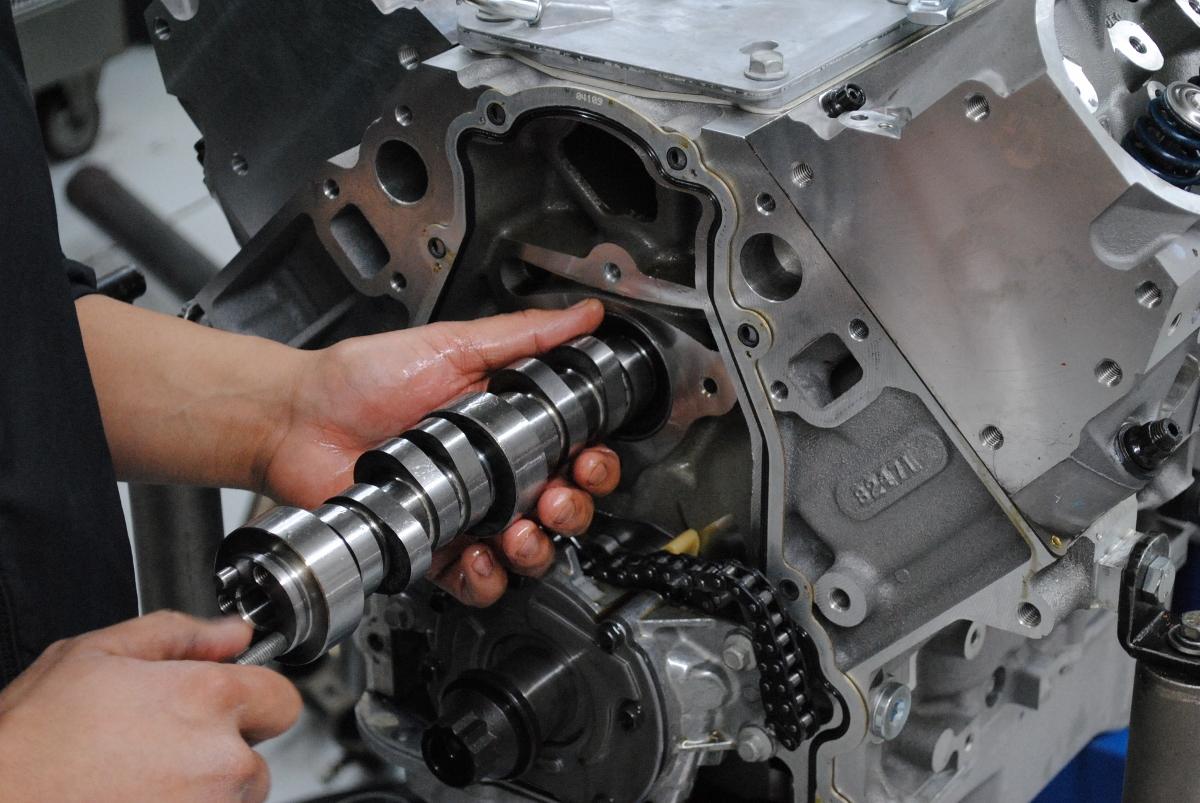
When building a high-performance LS3 engine, the camshaft is one of the most important components. Selecting the proper camshaft for the build is essential to ensure that the engine produces maximum power and performance. In this article, we will provide information on how to choose the right LS3 camshaft for your build.
Table of Contents
READ: How to Choose the Best LS Truck Cam for Your Vehicle
What Is An LS3 Camshaft?
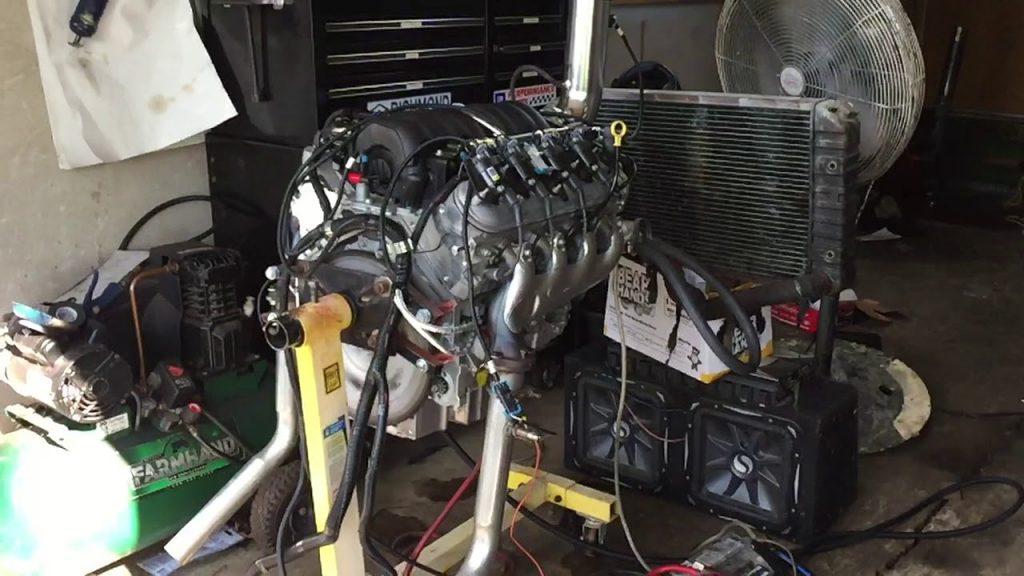
An LS3 camshaft is a high-performance camshaft designed for use in General Motors' LS3 engines. The camshaft is a critical component in the engine, responsible for controlling the opening and closing of the valves, allowing air and fuel to enter the engine's combustion chamber. As such, the LS3 camshaft must be carefully designed and calibrated to ensure optimal engine performance and efficiency.
The design of the LS3 camshaft is unique, as it features three lobes, or "lobes," which control the opening and closing of the valves. The lobes are shaped to optimize air and fuel flow into the engine and exhaust gases out of the engine. This design allows for increased engine power and efficiency and improved fuel economy.
Steps To Finding The Right LS3 Camshaft
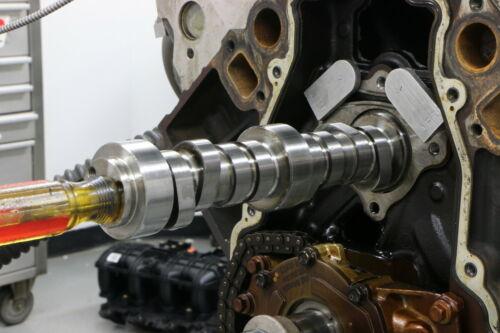
First, it is essential to understand the role of the camshaft. The camshaft is a shaft driven by the crankshaft and transmits its rotary motion to the engine's valves, thereby controlling the intake and exhaust processes. The camshaft also helps to control the timing of the engine and its performance.
Second, it is important to consider the type of camshaft best suited for your build. There are two main types of camshafts: hydraulic and mechanical. Hydraulic camshafts use a hydraulic lifter to actuate the valves, while mechanical camshafts use a camshaft lobe to control valve actuation.
Third, it is vital to consider the specifications of the camshaft. The camshaft specifications will depend on the engine type and the desired performance. When choosing a camshaft, it is vital to consider the lift, duration, and lobe separation angle. The lift is the distance the lobe travels from the base circle to the maximum lift point, while the duration is the time the lobe is open. The lobe separation angle is the angle between the intake and exhaust lobes.
Fourth, it is important to consider the type of camshaft profile best suited for the build. Camshaft profiles are divided into three categories: single-pattern, dual-pattern, and triple-pattern. Single-pattern camshafts have a single lobe profile and are designed for low- to mid-range performance. Dual-pattern camshafts have two lobe profiles and are designed for mid- to high-range performance. Triple-pattern camshafts have three lobe profiles and are designed for high-performance builds.
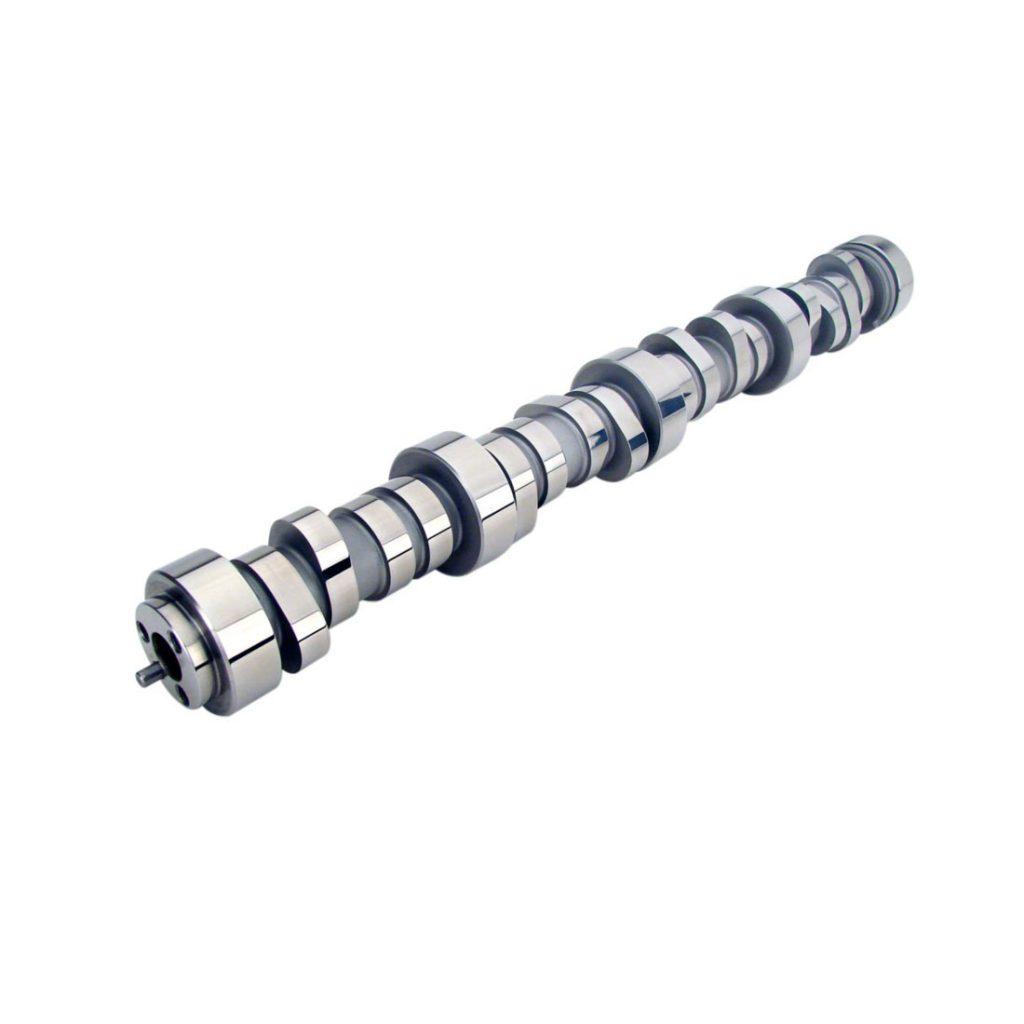
Fifth, it is crucial to consider the type of fuel that is used in the build. The fuel type will affect the camshaft selection as different fuels require different combustion characteristics. For example, gasoline requires higher valve lift and duration than diesel engines.
Sixth, it is essential to consider the type of valvetrain used in the build. The valvetrain is the system that controls the opening and closing of the engine's valves. When selecting a camshaft, it is vital to consider the valvetrain, as different camshafts are designed for different valvetrains.
READ: Everything You Need to Know About LS Turbo Camshafts
Seventh, it is vital to consider the type of cylinder head used in the build. Different types of cylinder heads require different camshafts. For example, a high-performance cylinder head may require a camshaft with a higher lift and duration than a stock cylinder head.
Finally, it is essential to consider the engine type being built. Different engines require different camshafts. For example, an LS3 will require a camshaft explicitly designed for that engine type.
LS3 Camshaft Installation
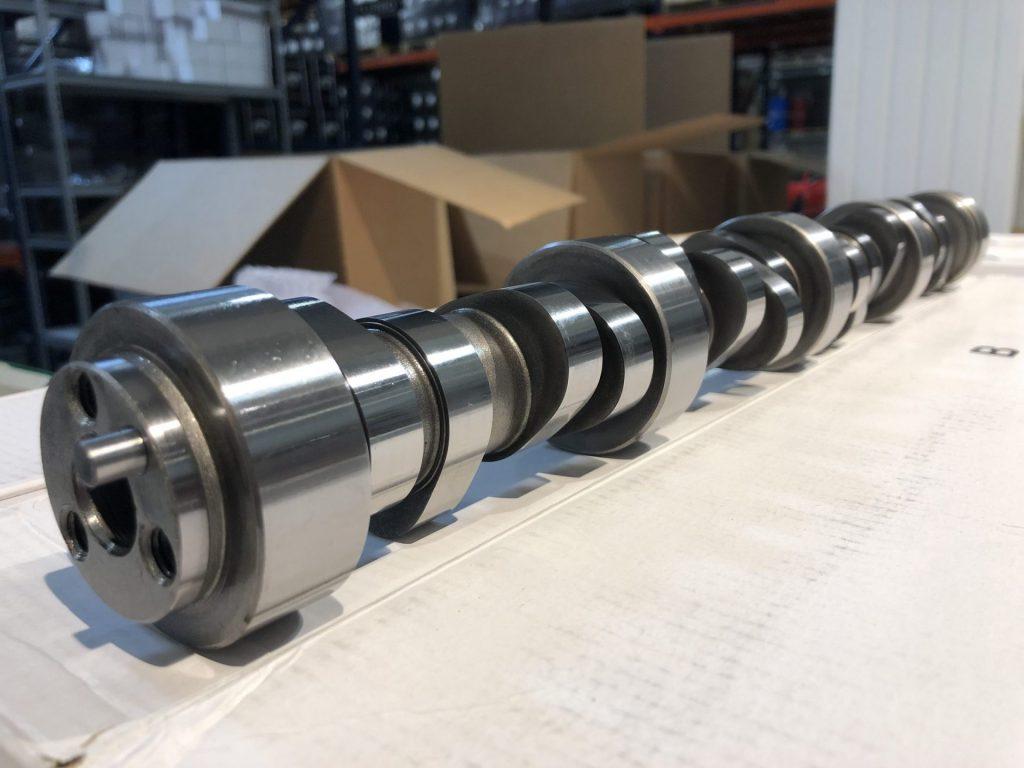
The LS3 camshaft is made from high-quality materials, such as steel, aluminum, and titanium. These materials are chosen for their strength and durability, allowing the camshaft to withstand the high heat and pressure generated by the combustion process. Installation of the LS3 camshaft is relatively simple and can be done by most do-it-yourself mechanics.
The camshaft will usually come with detailed installation instructions and tools and should take no more than a few hours to install. To maximize the performance of the LS3 camshaft, it is essential to ensure that it is properly lubricated and maintained. Regular oil changes and inspections are necessary to ensure that the camshaft is in good condition and operating correctly.
READ: Chevrolet L8T Crate Engine Overview
Conclusion
In conclusion, when choosing the right LS3 camshaft for your build, it is essential to consider the type of camshaft, the specifications of the camshaft, the type of camshaft profile, the type of fuel, the type of valvetrain, the type of cylinder head, and the type of engine. With the right camshaft, your engine can produce maximum power and performance.
The LS3 camshaft is an essential component of General Motors' LS3 engine and is vital for maximizing engine performance and efficiency. The camshaft is carefully designed and calibrated to ensure optimal engine performance and is made from high-quality materials to ensure durability.
Installation of the camshaft is simple and can be done by most do-it-yourself mechanics. Regular oil changes and inspections are necessary to ensure proper camshaft operation. The LS3 camshaft can provide reliable performance for many years with proper care and maintenance.
